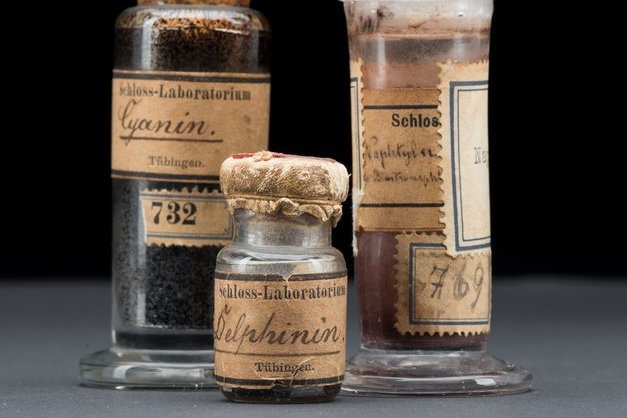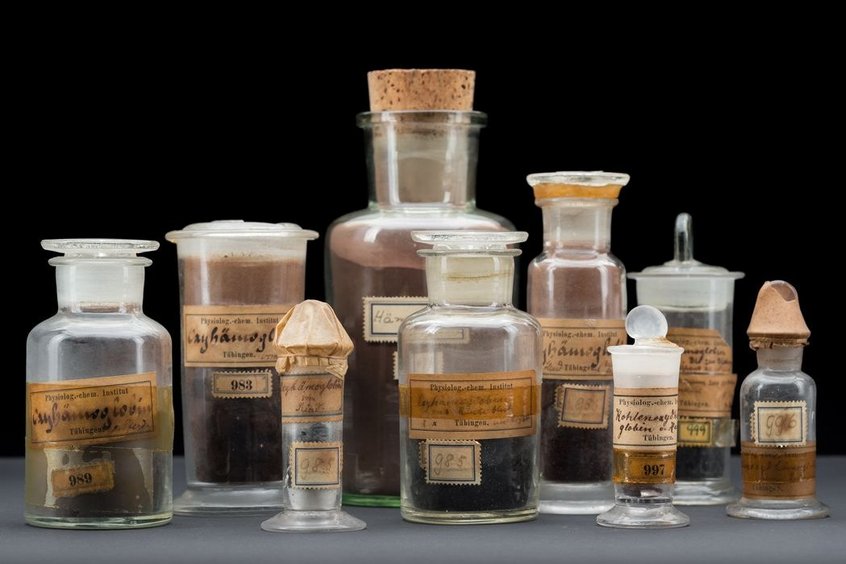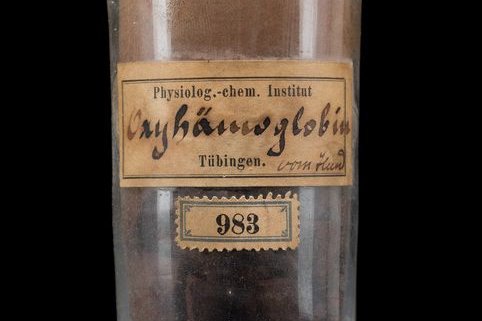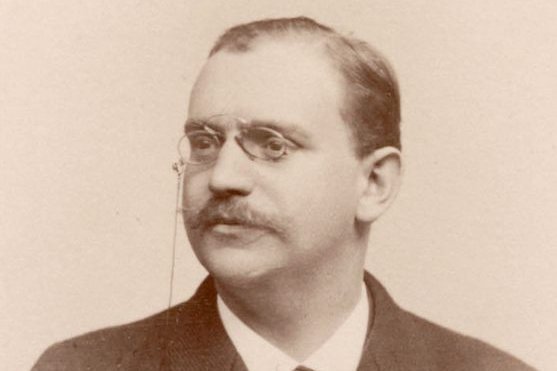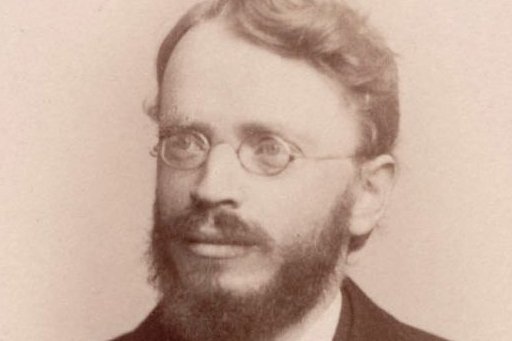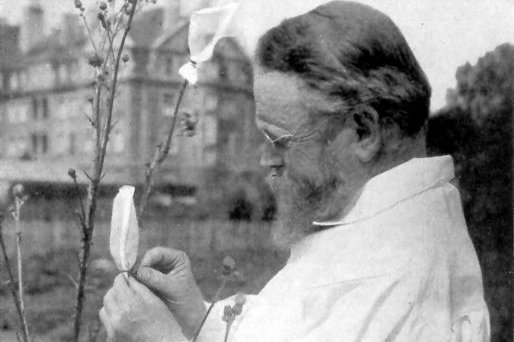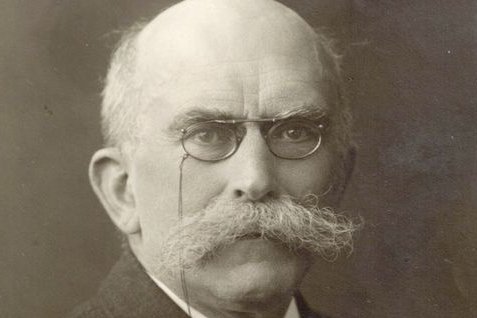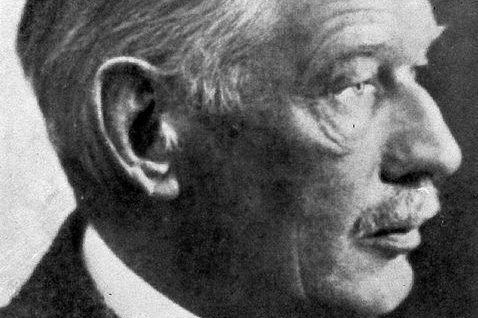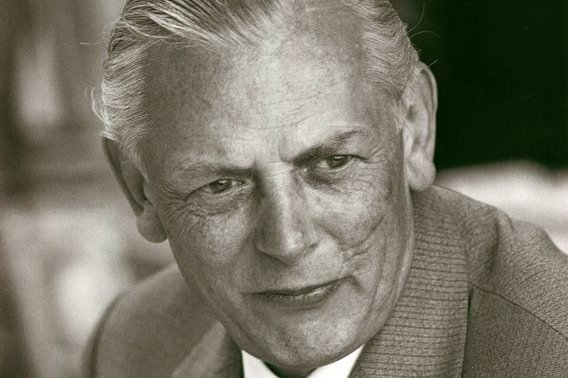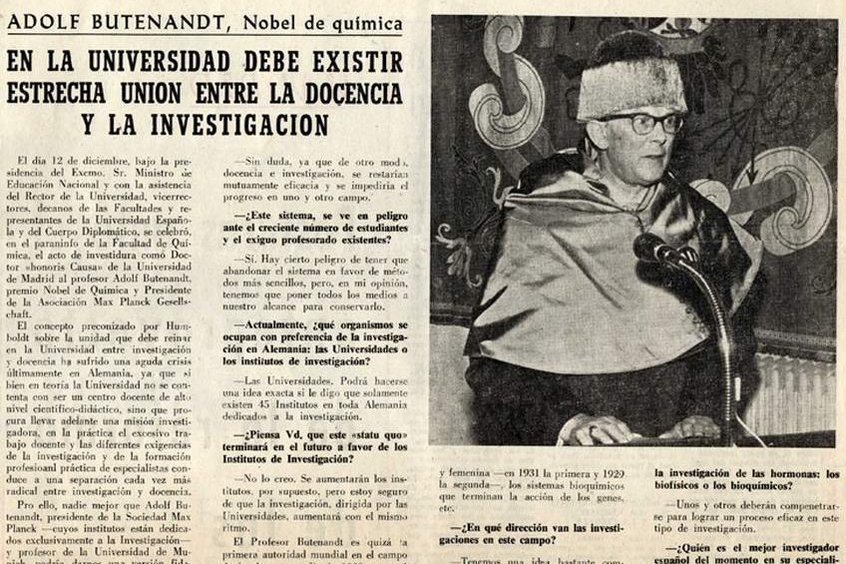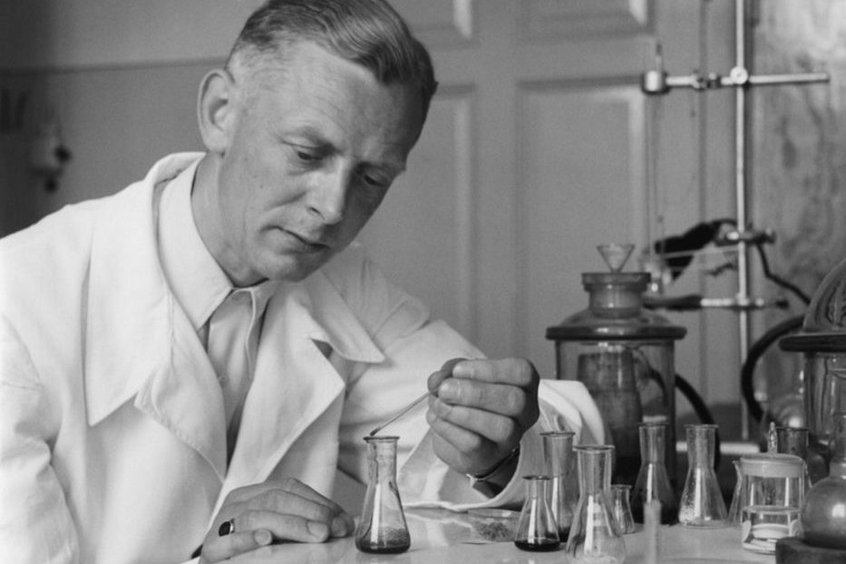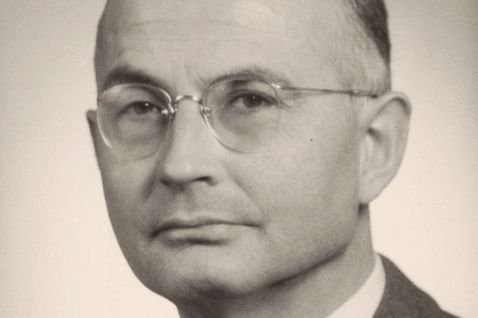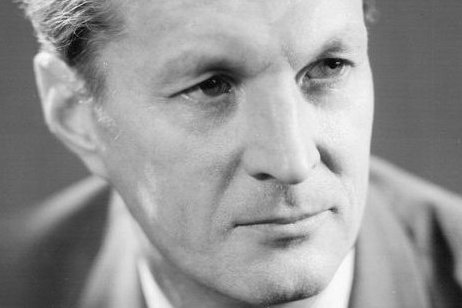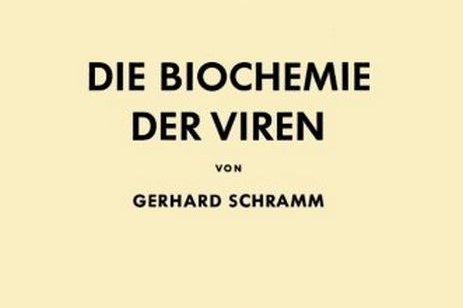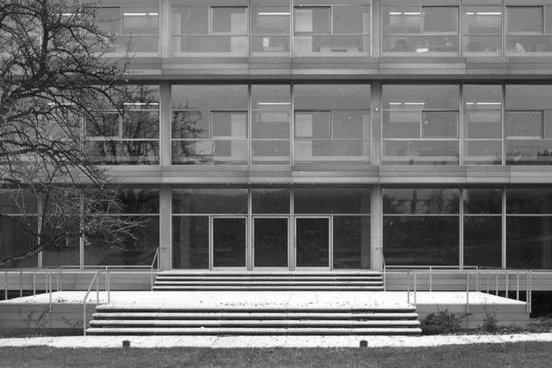Significant Researchers
Georg Carl Ludwig Sigwart (1784–1864)
The Tübingen-born Georg Carl Ludwig Sigwart studied medicine at his hometown university, before he accepted a first job as chemist in Munich in 1808. From 1810 onwards, he initially worked in the Halle an der Saale under Johann Christian Reil’s lead. Then he worked in Berlin as private lecturer for animal chemistry. He returned to Tübingen after many detours and, since 1815, held lectures here in nearly every semester about the chemistry of the living. However, he also held lectures on botany and general chemistry.
From 1816 Sigwart was a salaried assistant at the Tübingen chair for chemistry. Two years later he was appointed an associate professor, however, throughout his life he never earned more than a poor salary at the level of an assistant position. Despite support from the medicinal faculty and the senate of the university, the responsible ministry in Stuttgart didn’t see any urgency to support Sigwart and his biochemical research and teaching financially.
As workplace Sigwart received a neighboring room of the castle laboratory which is only accessible through a hidden entry port on the west end of the castle. He worked on the research of the blood components and the proteins despite the adverse conditions. Sigwart later furthered his interest to the agricultural chemistry, and especially the chemistry of mineral water. He held his last lecture at the age of 78 years, one year before he died in 1864.
Due to his lectures about animal and plant chemistry, and psychological and pharmaceutical chemistry since 1810, Sigwart is considered one of the first biochemists. In an essay from 1815, he described the tasks of the new field of expertise: Not only does it look at the material products of the organism with regard to their chemical composition, but also the formation through chemical processes. With this definition, Sigwart has also accurately outlined the subject of biochemistry from today’s perspective.
Pictures to Sigwart
Christian Gottlob Gmelin (1792-1860)
The doctor Christian Gottlob Gmelin was appointed Professor of Chemistry and Pharmacy at the University of Tübingen in 1817, where he also became head of the new castle laboratory in 1818. He himself, however, mostly worked in the laboratory of his pharmacy at the market, Ecke Hirschgasse. It wasn’t until 1846 that he moved his work into the laboratory of the newly built chemical institute in the Wilhelmstraße, where he also moved into official residence.
Gmelin was assisted by Georg Carl Ludwig Sigwart, who however factually took on the role of a second professor in the chair of chemistry due to his biochemical research and teaching. Despite Gmelin’s support, it wasn’t possible to establish the animal chemistry or physiological chemistry, as the field of specialization was initially called, as fully-fledged professorship in Tübingen. Gmelin himself researched in the field of spectroscopy and earned his living on the synthesis of the pigment ultramarine.
Julius Eugen Schlossberger (1819–1860)
The Stuttgart-born Julius Eugen Schlossberger started studying Medicine in the year 1837 in Tübingen and earned his doctorate with Christian Gottlob Gmelin in the field of animal chemistry. A study visit to Justus Liebig in Gießen brought him the recommendation to Edinburgh, where he became the laboratory assistant of Liebig’s pupil William Gregory. A short time later he was appointed to the University of Tübingen, where he took up the position as extraordinary professor of applied chemistry in the castle laboratory in 1846.
Two scientists, Schloßberger and Georg Carl Ludwig Sigwart, were employed at the same time in Tübingen who both tought in the field of physiological chemistry. Contrary to Sigwart, Schloßberger advanced his career more successfully and received a promotion to a full professor at the Ministry of Culture in 1859. Thus, Schloßberger was the worldwide first full professor for physiological chemistry, even if his specialization still hid behind the term “applied chemistry”.
Schloßberger died of a severe pulmonary tuberculosis only a few months after his promotion. The specifically for him created second chair in chemistry, however, was still a reason for the medicinal faculty to fight for the foundation of an independent scientific faculty which finally worked out in their favor in 1863.
Schloßberger gave many impulses to the development of biochemistry. He dedicated himself to a wide range of topics in nearly 100 publications: He researched the nature of yeast, creatine in the alligator’s muscle or the iodine content of corals, to name a few. His “Textbook of Organic Chemistry” which mainly focuses on the physiological chemistry was very popular. It experienced five editions in just ten years.
Pictures to Schlossberger
Felix Hoppe-Seyler (1825-95)
The development of biochemistry as independent subject is inseparably linked with the name of Felix Hoppe-Seyler. He wrote a method handbook, justified the first biochemical professional magazine and organized a brisk laboratory operation in which nearly forty junior scientists participated in a ten-year time span. Contrary to his predecessor Julius Eugen Schloßberger, Hoppe-Seyler established a systematic approach to physiological-chemical research questions.
At first, Hoppe-Seyler studied medicine in Halle, Leipzig and Berlin, where he earned his doctorate in 1850 and worked as doctor for two years. After that he habilitated at the University of Greifswald for physiological and pathological chemistry. In 1856 Rudolf Virchow appointed him to the Pathological Institute of the Charite in Berlin, where he took over the chemical department and where was he appointed associate professor in 1860.
This initially prevented him from accepting a call to Tübingen in 1860 because they only wanted to fill the applied chemistry job in the form of an associate professorship. Hope-Seyler only took up the new position in 1861, when he was offered a full professorship and granted the required annual budget for the castle laboratory. He stayed for eleven years before the prospect of a better laboratory attracted him to the university in Strasbourg in 1872 which had been almost newly founded by the German Reich.
Hoppe-Seyler’s big scientific accomplishments include his systematic studies of the blood pigment Hemoglobin – a research area which his successors in Tübingen also continued well into the 20th century. He introduced the spectral analysis for the examination of body fluids to biochemistry, worked on the chemistry of bile and urine, and also worked on the chemistry of muscle contraction, fatty acids and fermentation chemistry later on in Strasbourg.
Pictures to Hoppe-Seyler
Friedrich Miescher (1844–95)
The most significant pupil and assistent of Felix Hoppe-Seyler is the Basel-born Friedrich Miescher. In 1869, he achieved the groundbreaking discovery of a substance which he named “Nucleic” – today known as the nucleic acid DNA and RNA, the carriers of the genetic information. Miescher was only 24 years old at the time of his discovery and had only finished his study of medicine in Basel the previous year.
Miescher’s uncle, the medicine professor Wilhelm His, awakened his interest for the chemistry of the cell at this time and thus for the new discipline of the physiological chemistry. In order to teach himself in the laboratory work, Miescher went to Tübingen in the spring of 1868. At first he learned the most important work techniques for organic chemistry from the well-known chemist Adolph Strecker. From autumn onwards he then worked in Hoppe-Seyler’s biochemical castle laboratory.
After the discovery of nucleic acid, with which Miescher would go down in scientific history, he deepened his physiological education with Carl Ludwig in Leipzig. In 1871 he habilitated as private lecturer at the University of Basel and already became the successor of his uncle as professor for physiology the following year. Although he took up the research of nucleic in Basel again, he suffered from the lack of an own biochemical laboratory.
Miescher longed “vividly for the meat pots of the Tübingen castle laboratory”, as he wrote to a friend. Even so, he succeeded in further significant research in the field of biochemistry: working on protein turnover for example and the discovery that not oxygen, but the carbon dioxide content in the air determines the chemical regulation of respiration. Miescher was only 51 years old when he died of tuberculosis in 1895 – the same year as his former teacher Felix Hoppe-Seyler.
On the 100th anniversary of the discovery of nucleic, the Max-Planck-Society formed the Friedrich-Miescher-Laboratory for biological work groups in Tübingen in 1969. As Miescher once received from Hoppe-Seyler, the junior scientists today receive the opportunity to independently research there. One year later, the private Friedrich-Miescher-Institute was formed in Basel; the Swiss Friedrich-Miescher-Prize for biochemical research is also named after him.
Carl Gustav Hüfner (1840-1908)
Gustav Hüfner (since 1895 „von Hüfner“) came from Thüringen and completed his medicine study in Leipzig and Jena. After that he was worked for Robert Bunsen in Heidelberg and Carl Ludwig in Leipzig, where he habilitated in the chemical department of the Physiological Institute in 1869. He became Felix Hoppe-Seyler’s successor in the Tübingen castle laboratory in 1872, but at first only received an extraordinary professorship for organic and physiological chemistry.
Three years later Hüfner achieved a conversion of his professorship into an ordinariate. Subsequently, he was very involved in the academic emancipation of biochemistry as an independent discipline.
The now mostly independent Physiological-Chemical Institute was founded by Hüfner in 1886 in a new building in the Gmelinstreet. Therefore, three years after Hoppe-Seyler’s institute foundation in Strasbourg, the biochemistry in Tübingen also stood on the same level as other disciplines.
Scientifically, Hüfner especially continued the research on the biochemistry of the blood pigment hemoglobin which Hoppe-Seyler had started researching. He determined, amongst others, the maximum oxygen binding to the hemoglobin – this figure is, to date, known under the name “Hüfner-number”. Hüfner had exceptionally good working conditions in the new institute building, rejected an appeal to Strasbourg and stayed in Tübingen until his death in 1908.
William Küster
William Küster is one of the unfairly forgotten names of scientific history. From 1882 he studied mathematics, natural sciences, and finally chemistry in Tübingen, Berlin and Leipzig. Küster became the assistant of Gustav Hüfner at the Physiological-Chemical Institute of the University of Tübingen in 1890. Hüfner included him in his research on the chemistry of blood, where Küster soon distinguished himself by his own scientific achievements.
In the year 1896 Küster habilitated in Tübingen, in 1900 an appointment as associate professor followed. Three years later, he left Tübingen after he had been offered the Ordinariate for Chemistry at the Tierärztliche Hochschule in Stuttgart.
After the closing down of the university in 1913, he changed to a professorship at the Technische Hochschule Stuttgart, where he worked until his death in 1929.
At the beginning of the 20th century, a race had broken out for the elucidation of the chemical structural formula of blood pigment. Küster developed a formula for the complicated hemin molecule in 1912 which Hans Fischer could largely confirm through the synthesis of the substance in 1928. In 1930 Fischer received the Nobel Prize for this – if Küster had still been alive then, he would have probably received the Nobel Prize with Fischer. He had been nominated for the Nobel Prize in 1913 already.
Carl Correns (1864-1933)
Carl Correns studied natural sciences in Munich and Graz and received his doctorate in Hamburg on the cell walls of algae. He was working multiple assistant jobs, before he became a private lecturer for botanic at the University of Tübingen in 1892. Two years later he began experimenting with plant cross-breeds in the Botanical Garden which is the Ancient Botanical Garden at the moat today. The cross-breeding experiments lead him to the rediscovery of the Mendelian rules of heredity.
His research was especially focused on the exceptions of these rules, the exceptions that he discovered. Alongside relevant works by Hugo de Vries and Erich Tschermak-Seysenegg, Correns therefore lay down important foundations for later genetics. In 1902 he accepted a position at the University of Leipzig. In 1909 he was appointed ordinariate at the University of Münster. From 1914 finally, Correns became the first director of the Kaiser-Wilhelm-Institute for Biology in Berlin-Dahlem.
Hans Thierfelder (1858–1930)
Discussing the successor of the deceased Gustav Hüfner a quarrel broke out about the future placement of the professorship and institute. Chemistry, in particular, pushed for the rededication to an Ordinariat for Physical Chemistry – a field of expertise which had become essential for modern chemistry. In the end, however, it was decided to continue the physiological chemistry and, in 1908, the 50–year old Hans Thierfelder was called to Tübingen.
Thierfelder did his doctorate in Rostock, after which he went to Strasbourg to work as Hoppe-Seyler’s assistant. 1891 he became a private lecturer and, finally, joined the professorship at the University in Berlin in 1896. In Tübingen he at first continued his research focusing on the chemical elements of the brain. From 1913 he, in particular, examined the behavior of exogenous substances in animals. He has also remained known to posterity through his updating of the Hoppe-Seyler Analysis Manual.
Franz Knoop (1875–1946)
Franz Koop discovered the degradation path of fatty acids in the organism as young medic, the so-called ß-oxidation. Following further groundbreaking works, amongst others on protein metabolism, he became Professor for Physiological Chemistry at the University of Freiburg in 1909. After several unsuccessful appointments he was appointed to the professorship in Tübingen in 1928. His contributions to the clarification of the citrate cycle, a central process in the energy metabolism, were of especially great importance here.
Knoop successfully enforced the notion of an extension of the institute building in the Gmelinstreet in the appointment negotiations. He also obtained means for additional personnel. After the end of the World War 1945 he asked for his retirement due to his age and handed the institute to Adolf Butenandt. For two decades, Knoop was publisher of the Magazine for Physiological Chemistry and co-founder of the German Physiological-Chemical Society, today’s Society for Biochemistry and Molecular Biology.
Adolf Friedrich Butenandt (1903-95)
When Adolf Butenandt took over the professorship in Tübingen in 1945, he had been a famous research personality already. Celebrated by the press as “Mann of the Hormones”, he received the Nobel Prize in 1939 for his groundbreaking research on sexual hormones. He was also a pioneer of genetic research and understood the meaning of viruses as model organisms in biochemistry. Butenandt’s scientific achievements gave him the placement as Director of the Kaiser-Wilhelm-Institute for Biochemistry in Berlin in 1936.
During the war the institute moved to Tübingen and was taking over by the Max-Planck-Society in 1948. Double-functioning as Director of the Max-Planck-Institute for Biochemistry and professor of the University, he worked in Tübingen until 1956. .
His significant research on insect hormones and insect pheromones fall into this time period. From 1960 until 1972 Butenandt was the President of the Max-Planck-Society and therefore also entrusted with scientific-political tasks.
Butenandt’s role as high-ranking scientist during the National Socialist era is very controversial. Sources claim that he took part in medicinal-military research projects; from the suspicion that he had obtained preparations from concentration camps, however, he seems to be very relieved. His post-war expressed attitude, that science is per se politically innocent, was met with criticism.
Carl Martius (1906-1993)
The chemist Carl Martius joined the Tübingen professorship of Franz Knoop as assistant in 1935. His studies on the physiological degradation of citric acid made important contributions to the clarification of the citrate cycle, a central process in the energy metabolism. Martius habilitated in Tübingen. In 1945 he was appointed applied professor. He accepted a call to the University of Würzburg in 1953, and assumed the Professorship for Biochemistry at the ETH Zurich three years later.
Gerhard Schramm (1910–69)
Gerhard Schramm was a pioneer for the virus research and, from 1941, worked at the Kaiser-Wilhelm-Institute for Biochemistry in Berlin. Due to the relocation of the work group for virus research, Schramm moved to Tübingen in 1944, where he soon thereafter also worked as lecturer in the new Max-Planck-Institute for Biochemistry and finally worked as associate professor at the University in 1953. From 1956 he was the Director of the only recently founded Max-Planck-Institute for Virus Research in Tübingen.
Through his studies on the tabacco mosaic virus, Schramm became a fundamental researcher in the field of genetics and molecular biology: he managed to, independent of Oswald Very, prove that nucleic acids are carriers of the genetic information. For this groundbreaking discovery a Nobel Prize has, astonishingly, never existed – not for Avery and his colleagues, nor for Schramm.
Günther Weitzel (1915–84)
Günther Weitzel completed a double degree of medicine and chemistry in Leipzig from 1935 onwards. He received a doctorate in both studies. After the Second World War he visited the Medizinische Forschungsanstalt of the Max-Planck-Society in Göttingen, wher he quickly became the manager. In 1954 Weitzel became the Professor for Physiological Chemistry at the University of Gießen. Three years later already, he was appointed the professorship in Tübingen.
Weitzel successfully enforced the notion of a new institute building which was already being built in 1959. Not long after he managed to introduce the first diploma study for biochemistry against initial considerable resistance.
For the first time students could therefore purposefully specialize on the physiological chemistry and didn’t have aquire two study degrees, as Weitzel had to.
Günther Weitzel has rendered outstanding scientific services to the biochemical importance of zinc and has researched tumor-inhibiting substances, lipids, insulin and insulin-like substances. From 1966 he was the co-publisher of the by Felix Hoppe-Seyler founded magazine “Zeitschrift für Physiologischer Chemie”. Adding to that, he was interested in the popular scientific mediation of his subject and was also thinking visionary about the ideological consequences of future genetics.



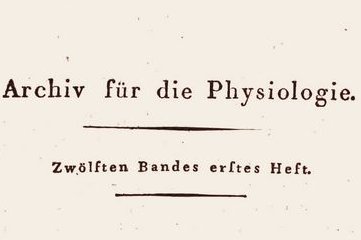


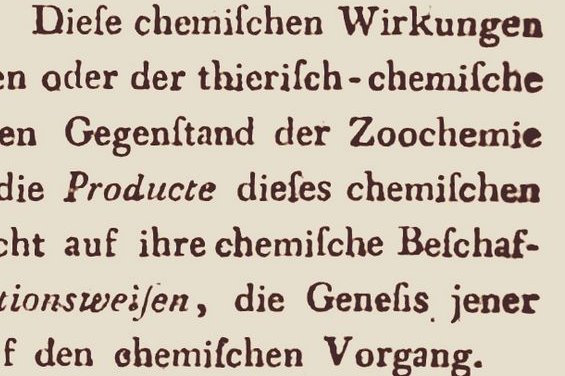
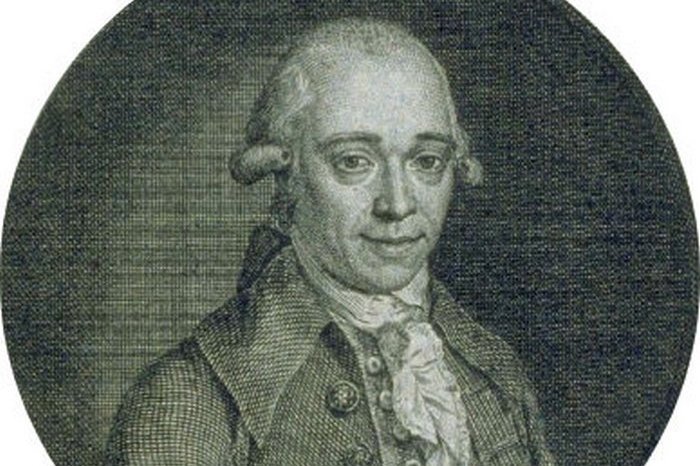

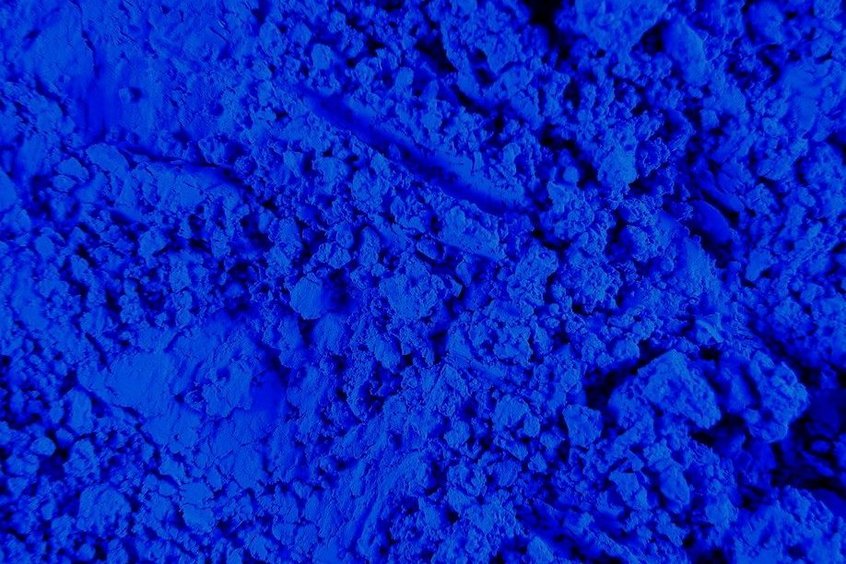
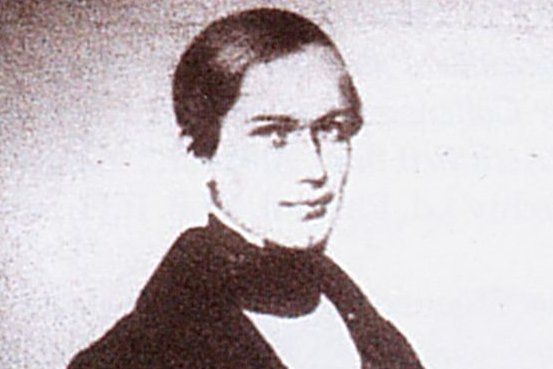
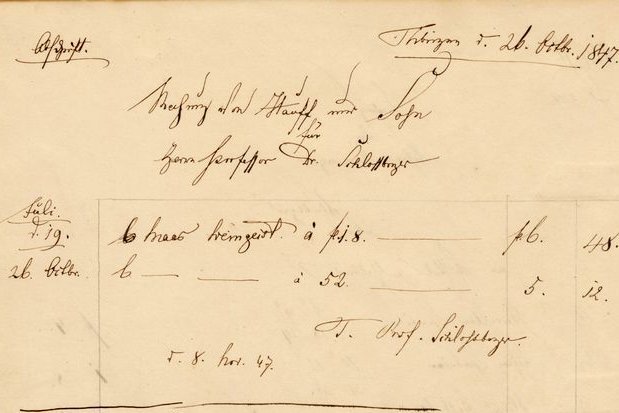
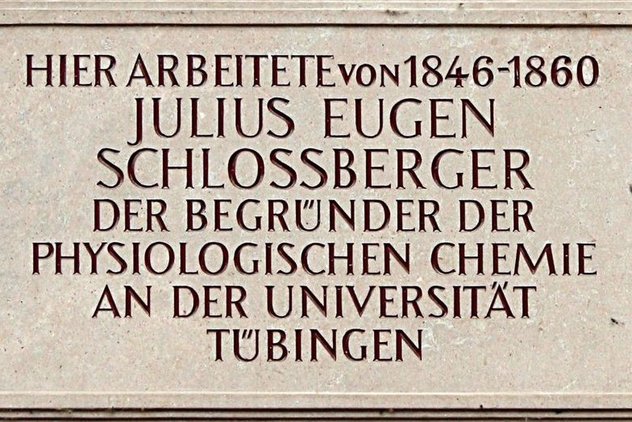
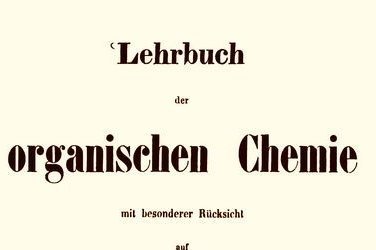

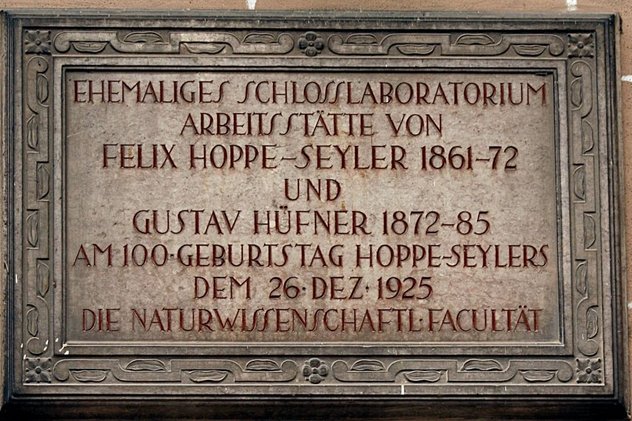
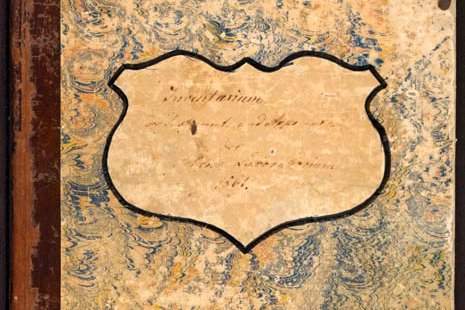
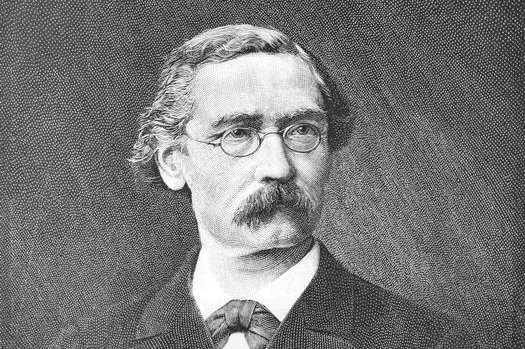
![[Translate to English:] Portrait Friedrich Miescher](/fileadmin/_processed_/e/c/csm_MUT-Schlosslabor-Miescher_0a547a9448.jpg)
![[Translate to English:] Gedenktafel für Miescher](/fileadmin/_processed_/0/8/csm_MUT-Schlosslabor-Gedenktafel_fa100611ac.jpg)
